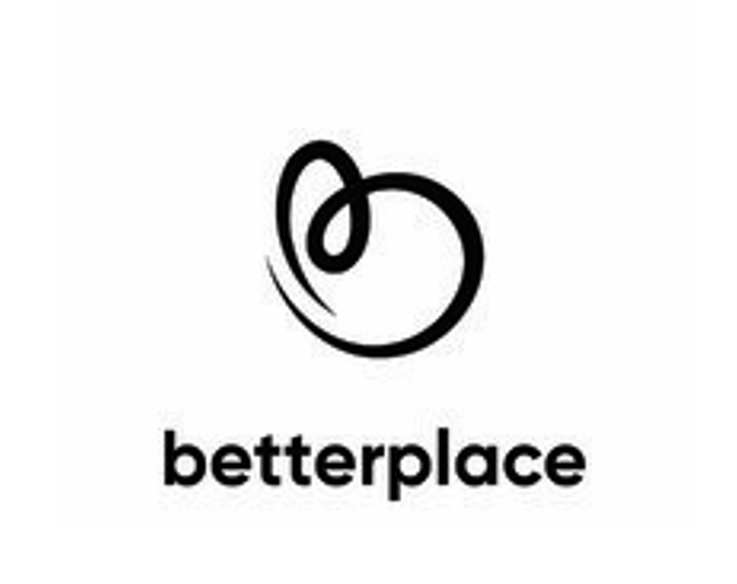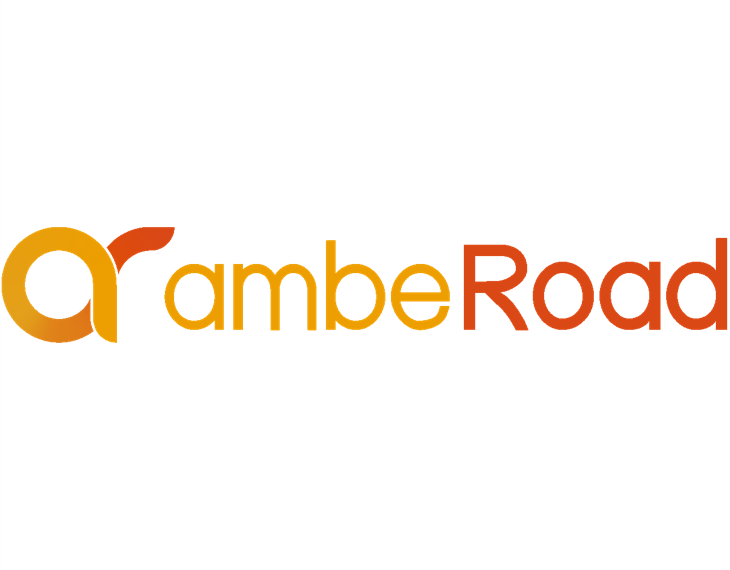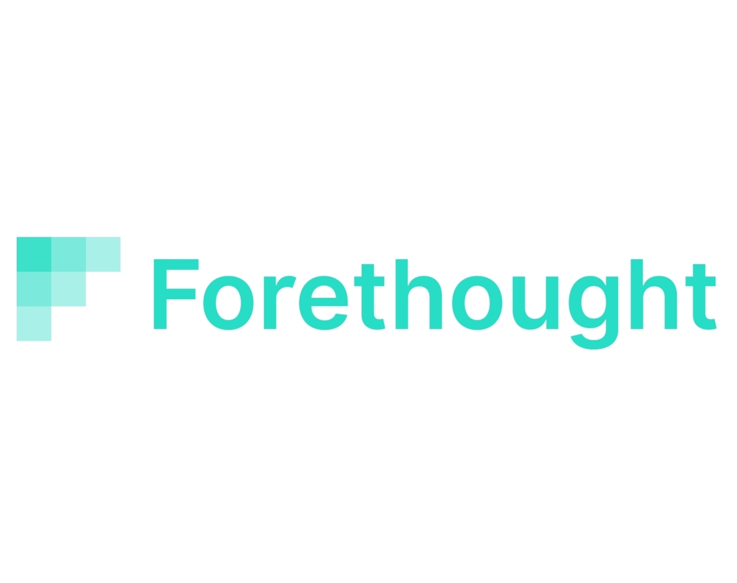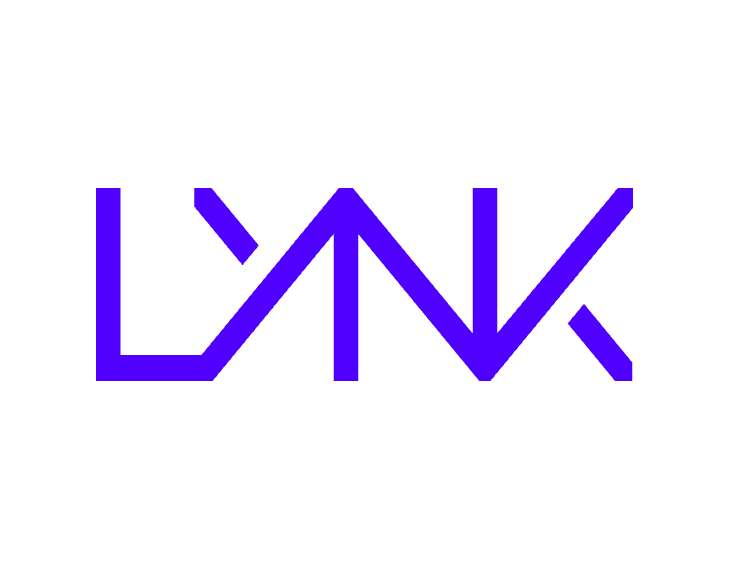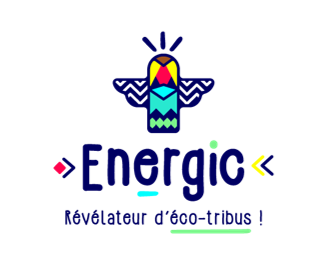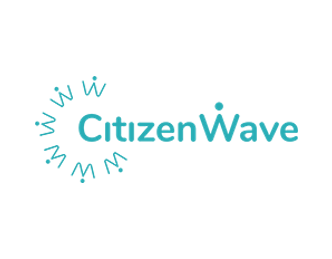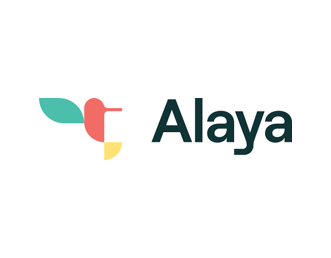Sustainability initiatives have grown exponentially in recent years, in public and private companies alike. This trend has been further reinforced by the pandemic, highlighting that sustainability is no longer a top-down discretionary topic, but a bottom-up business imperative. There is a real challenge to engage all stakeholders in this common goal, employees first. At the same time, stakeholders are increasingly voicing their expectations, be they clients, suppliers, regulators or employees, pushing for greater integration of green practices across businesses. The driving forces are therefore twofold.
In response, a fairly recent model has emerged in academic research: green human resources management (GHRM). Beyond the buzzword that may be used, GHRM refers to the policies, practices and systems that are used to incorporate green objectives throughout the HRM process, namely recruitment, training, development and compensation. Human resource departments are instrumental to the fulfillment of environmental objectives, if only by creating a sustainability culture within the company that encourages the emergence of individual initiatives.
Recruitment
While building a strong employment brand has always been essential to attract and retain high-quality talent, building a green employer reputation is even more so. And this is especially beneficial as employees serve as frontline agents for more sustainable business operations. In 2011, engineers at semiconductor chip-maker Intel devised a new chemical process that reduced chemical waste by 900,000 gallons, saving $45 million annually. Similarly, PG Tips employees reduced millimeters off a teabag, saving 9.3 tonnes of paper. As a result, a plethora of corporates (e.g. Google, Timberland, and General Electric) are reaping the benefits of positioning their organizations and recruitment processes in favor of green-minded candidates.
Onboarding, training and development
While recruiting mission-minded individuals is a great lever, instilling further awareness and values by the way of targeted training and development workshops can also contribute to the GHRM effort. Last September, BBVA announced the launch of sustainability training for its 125,000 employees worldwide. Tailored to the different departments, the training session covers climate change and the direct and indirect impacts arising from the environmental risks of BBVA’s activities. Among the various HR components, it is undeniably in the onboarding and training segment that most startups are emerging. Alongside consultancies and associations (e.g. La Fresque du Climat), startups are designing workshops to infuse best practices in their future employees. Energic, a French startup, is an example. They organize sustainability challenges for companies in order to raise awareness around sustainability issues. At Aster Fab, along with other players, we run a training course named INVEEST to help industrial and financial players master the financing levers for energy transition projects.
Performance management and compensation
Another way to bolster employee engagement is to include sustainability objectives into performance reports. Intel was among the pioneers in this field. Environmental metrics have been part of their compensation plan since 2008. Other companies have put in place similar programmes since, such as Danone, Alcoa, Xcel Energy, etc.
Engaging employees to help a business operate sustainably is becoming all the more essential as younger generations expand their presence in workforces and push sustainability to the head of corporate agendas. If startups are flourishing in the field of carbon measurement, reduction and offsetting (see our 123Fab #42), very few are tackling the GHRM market at the moment. A French startup, CitizenWave, is one of the few to do so. With its collaborative SaaS solution, it strives to engage employees in an eco-responsible approach based on collective intelligence. Other solutions help companies encourage their employees to act at their own level: sustainable mobility credit cards (Betterway), carpooling solutions (Kinto, Karos), donation platforms (Alaya), etc.
In short, the GHRM market for startups is very immature despite the vast employee engagement market. While training to educate and raise awareness around environmental best practices is becoming commonplace in most large corporates, as well as gamification and nudging, very few initiatives revolve around the other HR components. Yet the climate emergency is such that we can predict that companies will need to equip themselves with tools to engage and track the actions of their employees to meet their own targets. The handful of startups that are positioning themselves on the topic is a weak signal of this trend.









